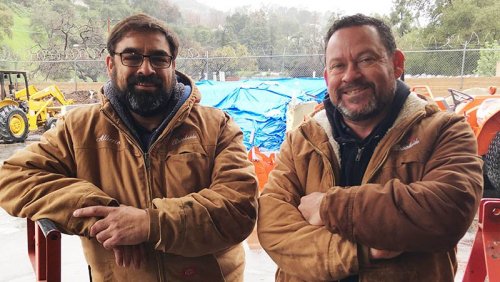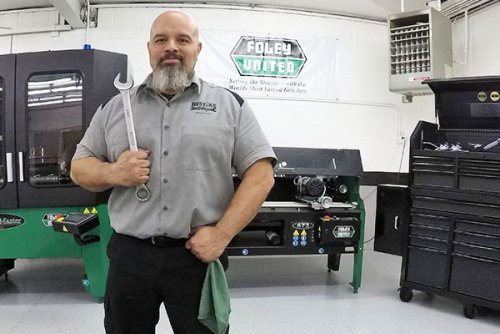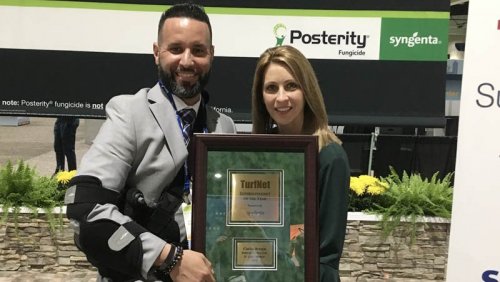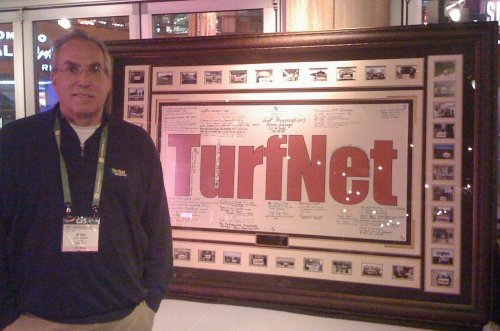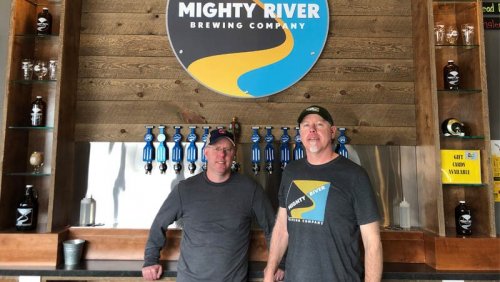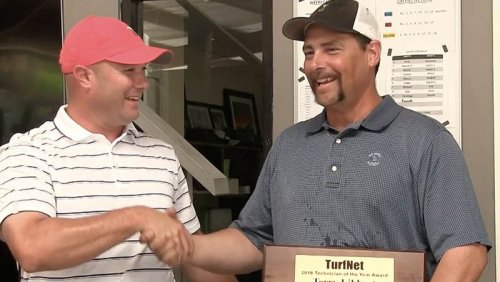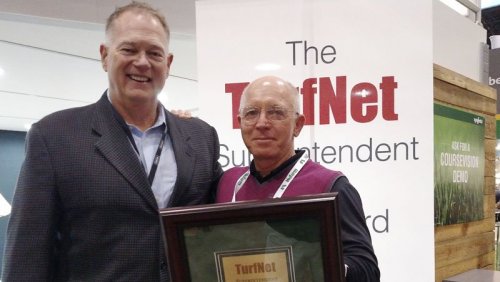

Elements of the Australian Sandbelt design based on some of Australia's most historic layouts include a 6- to 8-inch sand cap, new drought-resistant turf in the fairways, targeted irrigation and landforms that help move water to hundreds of catch basins.
Although much of California finally has more water than it needs, the efforts of Greenway Golf to make busy city-owned Corica Park a model of sustainability continue to raise awareness across the golf industry.
Recently, the South Course at Corica Park and Greenway Golf, which manages the property were named recipients of the inaugural Water and Sustainability Innovation Award, presented by Audubon International and Ewing Irrigation and Landscape Supply.
This award recognizes a project that addresses sustainability and water efficiency challenges and contributes to a healthy environment, quality of life or a vital economy.
Corica Park is a busy 45-hole municipal property near Oakland that includes the William Francis Bell-designed South Course, and the North Course designed by William Park Bell that is being renovated nine holes at a time. About 70,000 rounds per year are played on the South Course.
The project was planned with Australian layouts like Royal Melbourne and Victoria in mind and was the idea of Greenway agronomist Mark Logan, who is a native of Australia.
The South's large greens were grassed with Pure Distinction creeping bentgrass. At an average of 7,500 square feet, each has enough contouring for three exit points for surface water and enough to make them interesting yet not too difficult for golfers.
Nearly 34 acres of fairways were sprigged with drought-tolerant Santa Ana Bermudagrass, the first successful sprigging of that variety on the Northern California coast. Collars are Seaside II creeping bentgrass to handle mower and roller turns, and bunker edges are covered in Agrostis pallens, a cool-season grass native to California that Cook says looks and performs like a tall fescue.
As a result, water use in the fairways is down about 60 percent. The irrigation system, with 5,300 heads, was designed to target the specific needs of each variety.
"This project focuses on water recapture, target irrigation, native grasses, the design and playability," Jason Cook, regional superintendent for Greenway Golf, told TurfNet when the redesign was unveiled last year.
"The cost of water, the cost of labor, aging infrastructure all are impacting golf significantly, especially in California. Investing in infrastructure now saves money down the road. I don't see the cost of water going down."
- Read more...
- 2,307 views


